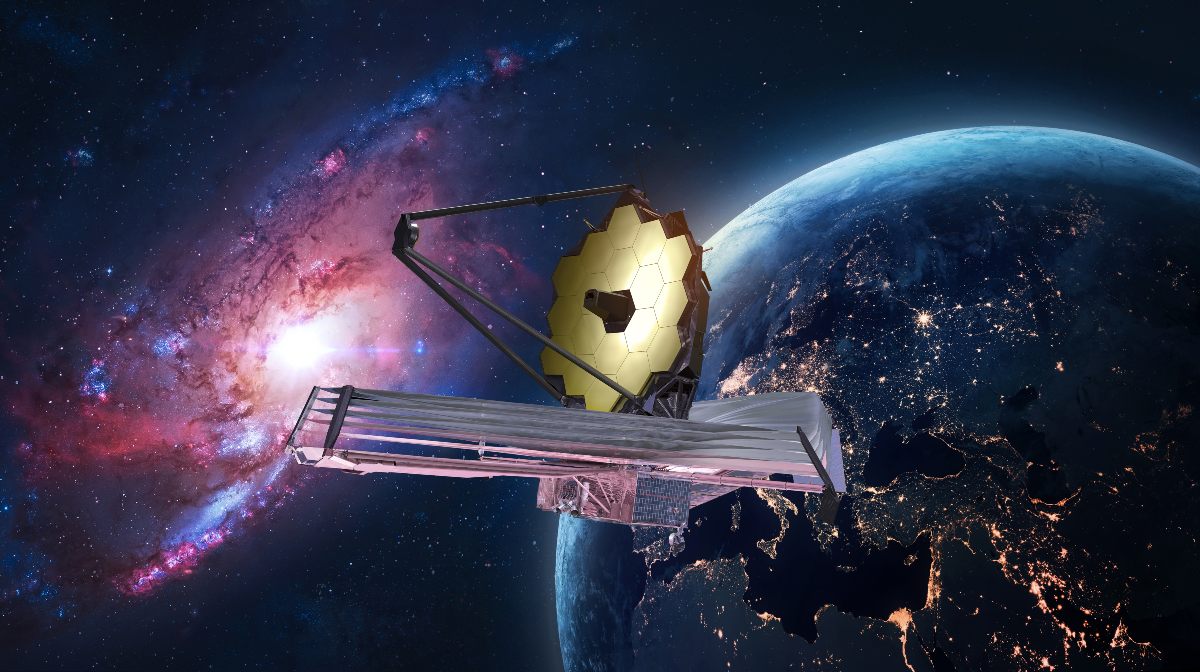The search for a clean and inexhaustible source of energy has led scientists to explore nuclear fusion, a reaction that occurs in the sun’s core and could provide a solution to humanity’s energy challenges. However, the road to nuclear fusion presents numerous technical hurdles, from generating more energy than is needed to keep the reactors running to keeping the plasma confined within the reactors. Recently, researchers at Princeton University and its Plasma Physics Laboratory have announced a significant breakthrough in this area, using artificial intelligence (AI) to address one of the major challenges in fusion power generation.
New AI model has solved one of the main obstacles to fusion power generation
It is important to mention that tokamak fusion reactors, which are doughnut-shaped, rely on magnetic fields to keep the plasma confined and stable during the fusion process. However, even small disruptions in these magnetic fields can destabilize the plasma, resulting in the loss of the fusion reaction. The new AI model developed by the Princeton researchers addresses this problem by predicting and avoiding such instabilities, enabling more precise control of the plasma in tokamak reactors.
According to the study published in the journal Nature, the AI model developed by the Princeton researchers can predict tearing mode instabilities in plasma up to 300 milliseconds before they occur. Although this time may seem short, it is sufficient to intervene and keep plasma under control, according to the study results. Researchers successfully tested the model at the DIII-D National Fusion Center in San Diego, demonstrating its ability to control the energy and shape of the plasma to avoid instabilities.
Training with real data
The success of the AI model is due in part to its training with real data from previous fusion experiments, rather than theoretical physics models. This allows the model to learn from practical experience and adapt to real situations in real time. The researchers stress that their approach represents a significant advance over traditional methods, which can only suppress instabilities after they occur, whereas their model can predict and avoid them before they occur.
Although the AI model has shown promise in managing tearing mode instabilities, the researchers acknowledge that challenges remain to be overcome on the road to clean, unlimited fusion power generation. However, they are optimistic about the potential of their model to optimize the operation of fusion reactors and to be applied in other contexts and devices. Artificial intelligence, they say, will play a crucial role in controlling and maintaining fusion reactions in the future, offering hope for a sustainable energy source for generations to come.




